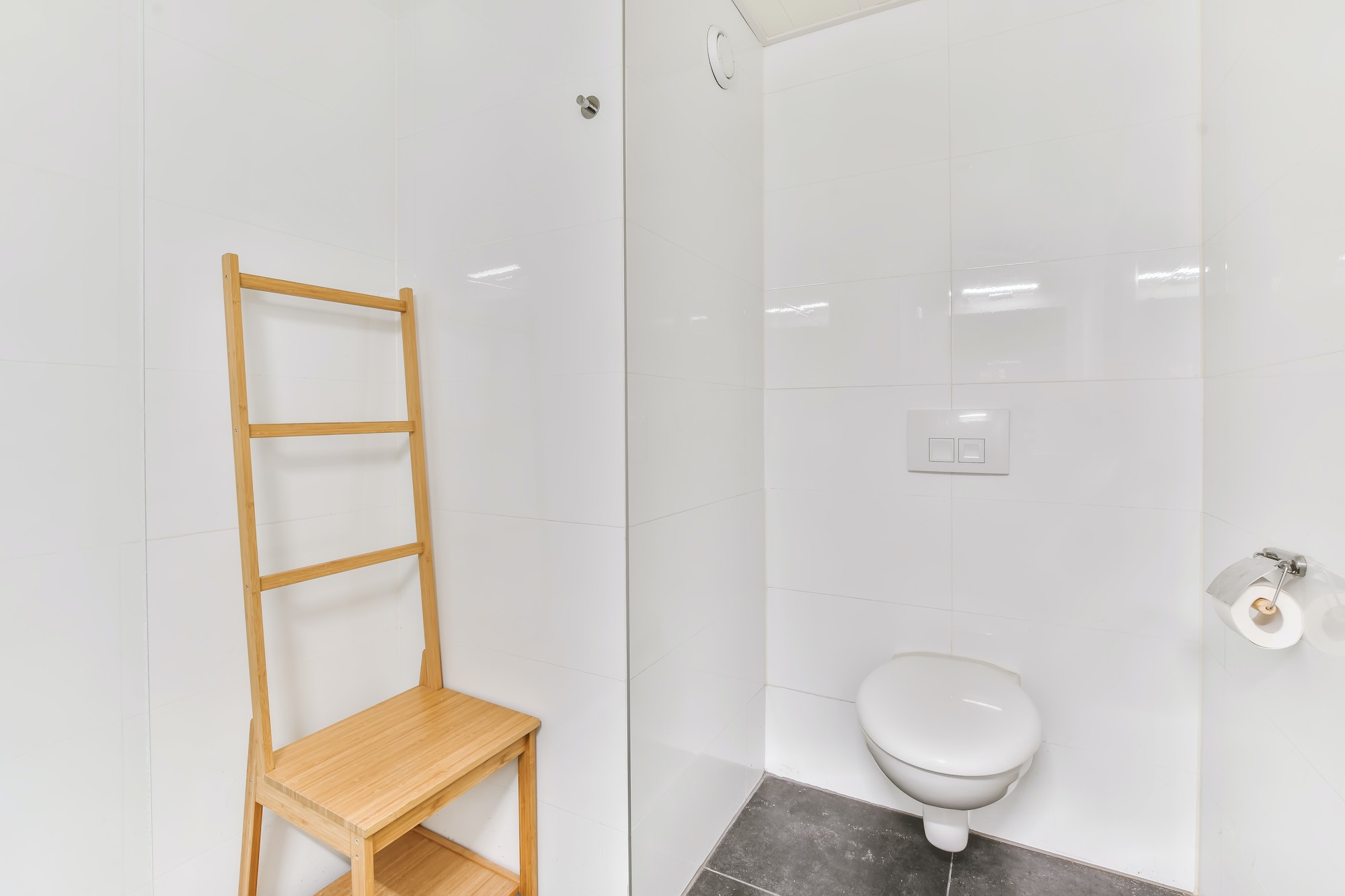Unless you scour every inch of your home on a weekly basis, you could very well have mold growing somewhere on the premises. Mold is an insidious substance, forming gradually in wet, non-ventilated areas.
And unfortunately, it’s not just an aesthetic detractor. It causes a whole host of functional problems as well. For this reason, you must do everything you can to detect it and do away with it quickly.
Wondering how to find mold? Then read on. Not only are we going to tell you how to detect the substance, but we’re also going to discuss some of the most common areas in which it grows.
How to Find Mold in Your Home
The cheapest and simplest way to find mold is to look for it. Search in every nook and cranny of your home and see if it’s growing somewhere. Note, though, that detecting mold with the naked eye is not the most reliable option available, particularly if there’s mold growing behind walls or under floorboards.
If you really want to detect the mold that exists in your home, you’re advised to have your home tested by a professional. Professional testing entails taking a sample of the home’s air, then having it tested in a lab to assess the existence of mold spores.
Note, though, that professional testing is expensive. At a minimum, it will cost you around $300. At a maximum, it can cost over $500.
6 Places to Look for Mold
If there’s mold growing in front of your TV, you’re probably going to notice it. After all, it’s a plainly-visible area that you see on a regular basis. Areas such as these don’t need to be scrutinized.
The areas that do need to be scrutinized are those that are scarcely seen. Wondering which areas these are? Read on for more information.
1. Attic
Aside from maybe the basement, no portion of a house is more vulnerable to mold than the attic. Because roofs offer only cursory water protection, the attics below them are regularly bombarded by rainwater.
This bombardment, combined with the fact that attics are scarcely seen, creates a welcome home for mold spores. And the longer an attic goes uninspected, the more time those spores have to feed off of each other and spread. Oh, and all of that dust doesn’t do much to limit the problem.
As such, it’s wise to check and clean your attic at least once a month. Keep an eye on leaks and give everything a thorough scrub-down.
2. Air Conditioner
In order to produce cold air, air conditioners inevitably have to produce condensation. Unfortunately, this condensation, along with the dirty air that accompanies it, can turn an air conditioner into a mold haven. And since air conditioners spend half of the year out of commission, they allow this mold to fester and grow.
Fortunately, there are ways to combat this problem. First of all, you need to run your air conditioner for at least 10 minutes every day. Second of all, you need to clean your air conditioner twice a year.
If you use central AC, you should also have your ducts inspected for mold. An annual inspection from a professional HVAC technician should do the trick.
3. Window Sills
Another group of spots that you need to check for mold is your windows sills. Because window sills are almost perpetually exposed to water via condensation, because they’re kept shut for half the year, and because they’re prone to grime buildup, they are a common breeding ground for mold.
Want to prevent the buildup of mold on your window sills? You have to be vigilant, wiping down condensation as it appears and removing the grime on your windows on a weekly basis.
4. Washing Machine
Washing machines need water in order to operate. So, as you might expect, they are vulnerable to mold growth. This is particularly true of front-loading models, as their doors’ seals often get wet and don’t get a chance to dry.
So, what can you do to combat the problem? Generally, all that you need to do is leave the door open after use. This will allow the water to evaporate, eliminating any risk of mold growth.
The other option is to actively dry the seal after it has been used. Have paper towels ready after each load so that the process is convenient.
5. Carpet
One of the most insidious spots for mold growth is carpet. Errant water and high humidity can cause the carpet to take on mold, allowing it to fester unseen for months or even years. Before you know it, you’re dealing with a widespread mold infestation.
The question is: how can you prevent this from happening? Your best bet is to clean your carpet regularly. Not only should you vacuum it once a week, but give it a deep cleaning every year or so.
Already dealing with this problem? If so, you’re advised to make use of professional water damage repair.
6. Refrigerator
One last place to look for mold is by your refrigerator, and in particular, your refrigerator’s drip pan. The drip pan catches condensation from the refrigerator, and because it’s scarcely seen, it’s highly prone to mold buildup.
The key to combating this problem is consistency. Check your drip pan regularly and make sure that it’s cleaned at least once yearly. When cleaning it, use a concoction of white vinegar and water.
If mold growth continues, increase your cleanings as needed. In most cases, it won’t require any more than 2 cleanings a year.
Looking for More Home Improvement Tips?
Now that you know how to find mold in your home, you might be searching for more home improvement tips. If so, you’re in the right place. Our website has you covered.
Take a look at our other articles now!
Discover more from Futurist Architecture
Subscribe to get the latest posts sent to your email.



